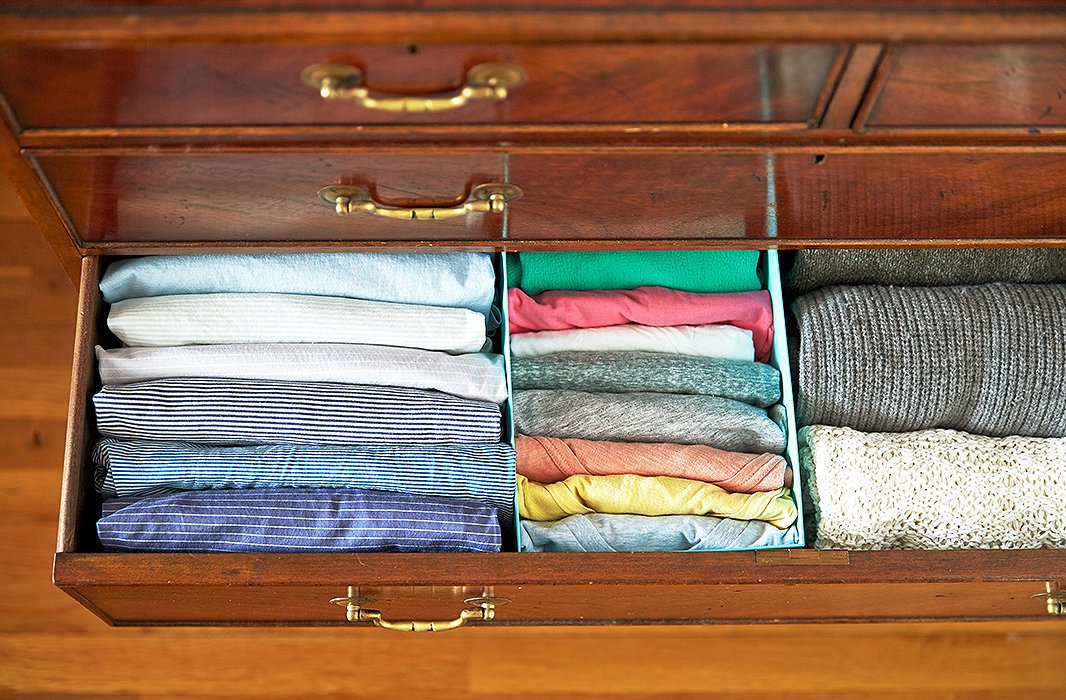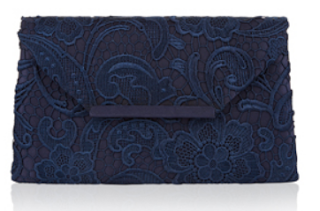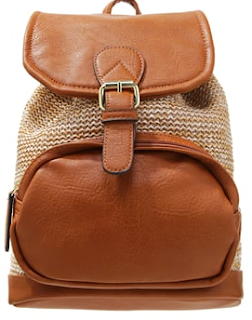| Fabric rolls ready for manufacturing. Image: CB interiors |
Thing is, the disparity between a polyester jumper and a wool merino one is quite significant. So too is the difference between a viscose top and a silk one (the latter is softer, more luxurious and of a higher quality). In the 'throw-away' culture we live in, consumers are starting to change their habits and opt for fewer clothes of a higher quality - as opposed to lots of cheaper clothes.
I, for one, have had enough of hoarding. A recent purchase was a 100% wool tweed coat. The difference between this fabric - which is manufactured by a traditional, British mill - and a polyester imitation was far more apparent than one might think. First, the coat is warmer and more insulating (so that's how sheep stay so bloody warm). Second, it has a greater level of durability and resilience.
I, for one, have had enough of hoarding. A recent purchase was a 100% wool tweed coat. The difference between this fabric - which is manufactured by a traditional, British mill - and a polyester imitation was far more apparent than one might think. First, the coat is warmer and more insulating (so that's how sheep stay so bloody warm). Second, it has a greater level of durability and resilience.
 |
| Wool tweed. |
A cashmere jumper is also a treasured gem. Around 3 years old, it is still one of my favourites and has lasted longer than any synthetic ones. It feels like a soft, nostalgic hug every time I wear it.
Since researching fabrics more, I've become more savvy even when shopping for day-to-day items. Did you know that, when choosing pyjamas, you should avoid anything with nylon or polyamide? 100% cotton or linen is your best bet in terms of breathability and comfort! Who knew.
Since researching fabrics more, I've become more savvy even when shopping for day-to-day items. Did you know that, when choosing pyjamas, you should avoid anything with nylon or polyamide? 100% cotton or linen is your best bet in terms of breathability and comfort! Who knew.
People often say that cooking is a technology, but textiles definitely is. Choosing clothes used to be simply about what you see on the outside - the inner label was a neglected piece of information. Now, we are increasingly paying attention to the fabric composition, reading the labels and comparing our choices based on the fabric itself.
It's no longer just about how something looks, but also about how it feels...
Nice one.
It's no longer just about how something looks, but also about how it feels...
Nice one.


































